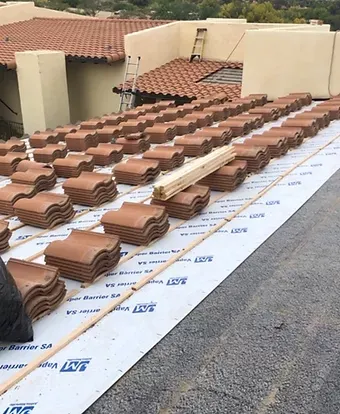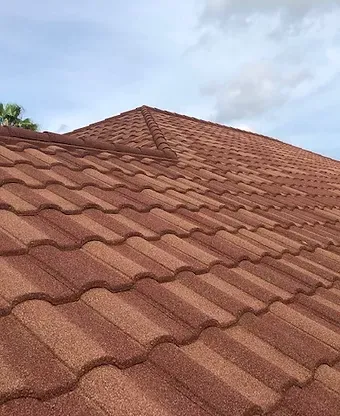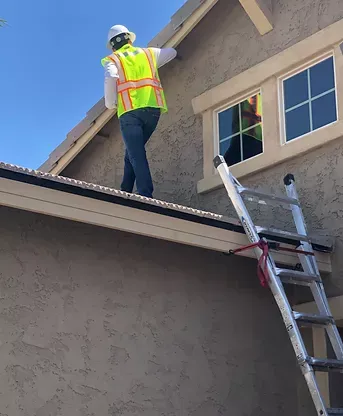How to Develop a Long-Term Capital Expenditure (CapEx) Plan for Your Commercial Roof
How to Develop a Long-Term Capital Expenditure (CapEx) Plan for Your Commercial Roof
Understanding Capital Expenditure (CapEx) in Commercial Roofing
Capital Expenditure, commonly known as CapEx, refers to the funds used by businesses to acquire, upgrade, or maintain physical assets like commercial roofs. Unlike operational expenses (OpEx), which cover day-to-day costs, CapEx focuses on long-term investments that enhance the value and performance of your property. By allocating resources strategically through CapEx planning, you ensure that major assets like your roof are managed efficiently over time. This approach not only supports the structural integrity of your building but also aligns with financial goals such as depreciation or amortization.
For commercial property owners, understanding the distinction between CapEx and OpEx is crucial. While operational expenses keep the lights on, CapEx ensures your roof remains a reliable asset that contributes to your property's overall value. A well-planned CapEx strategy can prevent costly surprises down the road, making it an essential tool for anyone managing a commercial roof. With this foundation in mind, let’s explore why long-term CapEx planning is so critical for your roofing needs.
Why Long-Term CapEx Planning Is Crucial for Commercial Roofs
Creating a long-term CapEx plan for your commercial roof is one of the smartest decisions you can make as a property owner. Without a clear roadmap, you risk facing unexpected repair costs that can strain your budget and disrupt business operations. By anticipating these expenses in advance, you can avoid emergency repairs , which often come with inflated premiums and logistical headaches. Additionally, proactive planning helps extend the lifespan of your roof , preserving its functionality and appearance for years to come.
Beyond cost savings, a solid CapEx plan boosts your property’s return on investment (ROI) and market value. Tenants appreciate well-maintained facilities, and a durable, high-performing roof can significantly enhance tenant satisfaction. Whether you’re managing a single building or a portfolio of properties, a strategic approach to CapEx planning ensures your commercial roof remains a valuable asset rather than a liability. This sets the stage for evaluating your roof’s current condition—a key step in developing an effective plan.
Initial Roof Assessment: Evaluating Current Conditions
The first step in creating a long-term CapEx plan is conducting a thorough assessment of your commercial roof. This involves inspecting for visible signs of damage , such as leaks, cracks, or worn-out materials. Identifying these issues early allows you to address them before they escalate into more serious—and expensive—problems. A professional inspection can provide invaluable insights into areas that may require immediate attention or future investment.
In addition to spotting problems, evaluating your roof’s age and remaining useful life is essential. Older roofs naturally demand more frequent repairs and eventual replacement, so understanding where your roof stands in its lifecycle informs your CapEx projections. Reviewing past maintenance records can also reveal patterns or recurring issues that need to be factored into your plan. Together, these elements create a comprehensive picture of your roof’s current state.
Once you’ve gathered all relevant data, you’ll have a clearer idea of how much you’ll need to invest over time. This information serves as the backbone of your CapEx strategy, helping you allocate resources wisely. Moving forward, forecasting future costs will further refine your plan and ensure it remains realistic and actionable.
Forecasting and Projecting Future Roofing Costs
Predicting future roofing costs requires careful consideration of various factors, including material prices, regional weather conditions, and evolving building codes. For example, extreme weather events can accelerate wear and tear, necessitating earlier-than-expected repairs. Similarly, changes in regulations might require upgrades to meet new standards, adding unforeseen expenses to your CapEx plan. Accounting for these variables ensures your projections remain accurate and adaptable.
While some costs are predictable, others may arise unexpectedly. To mitigate risks, document all projected expenses and build flexibility into your budget. Regularly updating your forecasts based in part on real-world conditions keeps your plan aligned with reality. With cost estimates in hand, the next step is prioritizing which projects should take precedence within your CapEx framework.
Prioritizing CapEx Projects for Your Roof
Not all roofing projects carry the same urgency or impact on your bottom line. Prioritizing initiatives based on factors like ROI potential, alignment with business goals, and immediate needs ensures your resources are allocated effectively. For instance, addressing a leaking roof section might take priority over cosmetic improvements due to its direct effect on tenant comfort and safety.
Using tools like scorecards or decision matrices can simplify the prioritization process. These systems assign weights to criteria such as cost, urgency, and expected benefits, enabling objective comparisons between projects. By focusing on high-priority items first, you maximize the value of your CapEx investments while maintaining a balanced approach to long-term planning. Now, let’s delve into building a robust budget tailored specifically for your roofing needs.
Building an Effective CapEx Budget
Creating a resilient CapEx budget begins with setting aside a fixed percentage of your net operating income (NOI) specifically for roofing expenses. Industry guidelines suggest allocating 10–15% of NOI, though this figure may vary depending on your roof’s condition and local market dynamics. Establishing a dedicated fund ensures you’re prepared for both routine maintenance and larger-scale projects without disrupting cash flow.
Your budget should account for periodic upkeep, anticipated upgrades, and emergency contingencies. For example, regular cleaning and minor repairs can prevent small issues from becoming major headaches later. Including a buffer for unforeseen costs provides additional peace of mind and financial stability. A well-structured budget acts as the foundation for selecting materials and contractors who can deliver lasting results.
With a solid budget in place, it’s time to focus on choosing the right components and partners to execute your CapEx plan successfully. Making informed decisions here can significantly influence the longevity and performance of your commercial roof.
Selecting Roofing Materials and Contractors for Long-Term Value
When selecting roofing materials , prioritize options that offer durability, energy efficiency, and strong warranties. High-quality materials may come at a higher upfront cost but often result in lower long-term expenses due to reduced maintenance needs and extended lifespans. Energy-efficient solutions, such as cool roofs or solar-integrated systems, can also contribute to significant savings on utility bills while enhancing sustainability.
Equally important is choosing reliable contractors who understand the nuances of commercial roofing. Look for professionals with proven track records, positive reviews, and expertise in handling projects similar to yours. At https://www.4peaksroofing.com, skilled teams specialize in crafting tailored solutions that align with your CapEx goals, ensuring quality workmanship and timely delivery. With the right materials and contractors selected, the next step is establishing realistic timelines and approval processes.
Developing Project Timelines and Approval Processes
Setting realistic timelines is vital for executing your CapEx plan smoothly. Each project phase, from initial assessments to final inspections, should have clearly defined deadlines to prevent unnecessary delays. Incorporating buffer periods for unforeseen challenges ensures flexibility without compromising progress. Regular check-ins and milestone reviews help keep everyone accountable and on track.
Building a streamlined internal approval process is equally important. Clearly outline roles and responsibilities for decision-makers, ensuring that requests for funding or adjustments receive prompt attention. Transparent communication minimizes bottlenecks and fosters collaboration among stakeholders. As you develop these workflows, integrating ongoing maintenance and monitoring becomes the next logical step in optimizing your CapEx strategy.
Integrating Maintenance and Monitoring into Your CapEx Plan
Scheduled maintenance plays a pivotal role in extending the life of your commercial roof and controlling CapEx costs. Routine inspections and timely repairs prevent minor issues from escalating into costly problems. Implementing a consistent maintenance schedule not only protects your investment but also enhances tenant satisfaction by minimizing disruptions.
Leveraging technology can streamline monitoring efforts and improve documentation practices. Tools like drones or infrared imaging allow for detailed inspections without manual labor, while software platforms centralize records and facilitate easy access to historical data. Services offered by experts at https://www.4peaksroofing.com include advanced monitoring solutions designed to support proactive CapEx management. With these strategies in place, adapting your plan to changing circumstances becomes easier and more effective.
Adapting CapEx Plans as Your Property and Market Conditions Change
A successful CapEx plan isn’t static—it evolves alongside your property and external factors. Changes in property use, such as converting office spaces to residential units, may necessitate different roofing requirements. Similarly, shifts in local regulations or economic conditions can impact material costs and project timelines, requiring adjustments to your original strategy.
Regular reassessment ensures your plan remains relevant and achievable. Conduct annual reviews to evaluate progress, update projections, and incorporate new insights. Flexibility and adaptability are key to navigating uncertainties while maximizing the value of your commercial roof. However, even the best plans can falter if common mistakes aren’t avoided.
Common Mistakes to Avoid in Roofing CapEx Planning
One frequent error in CapEx planning is underestimating the scope of projects, leading to insufficient budgets and incomplete work. Failing to account for inflation or rising material costs can also derail even the most meticulous plans. To avoid these pitfalls, consult professionals during the planning stages and build contingency reserves into your budget.
Neglecting regular assessments is another mistake that can prove costly. Professional evaluations uncover hidden issues before they worsen, saving both time and money. Partnering with experienced providers like https://www.4peaksroofing.com ensures accurate diagnostics and actionable recommendations. Learning from real-life examples further illustrates the importance of avoiding these errors.
Case Studies: Success Stories in Long-Term Roofing CapEx Planning
Consider the case of a mid-sized office complex that implemented a comprehensive CapEx plan after discovering widespread water damage during a routine inspection. By investing in high-quality materials and hiring reputable contractors, they were able to double the roof’s lifespan while reducing annual repair costs by 30%. The initiative not only improved tenant retention but also increased the property’s resale value.
Another success story involves a retail center that integrated energy-efficient roofing upgrades into their CapEx strategy. The switch to a cool roof system lowered cooling expenses by 20%, paying for itself within five years. These examples demonstrate how thoughtful CapEx planning transforms challenges into opportunities for growth and savings. Let’s now address some frequently asked questions about this process.
FAQs About Developing a Long-Term CapEx Plan for Your Commercial Roof
How often should I assess my commercial roof for a CapEx plan?
Experts recommend conducting thorough roof assessments at least once a year, with additional checks after severe weather events. Regular evaluations ensure early detection of potential issues, allowing for timely interventions that protect your investment.
What percentage of my budget should I allocate to roofing CapEx?
A general guideline is to allocate 10–15% of your net operating income to roofing CapEx, though specific needs may vary. Factors such as roof age, climate, and usage patterns can influence the exact amount required.
How do I balance routine maintenance with major CapEx projects?
Routine maintenance forms the foundation of your CapEx plan, addressing small issues before they grow. Major projects, meanwhile, target long-term improvements. Balancing both ensures steady performance and minimizes disruptions.
What documentation should I maintain for effective CapEx planning?
Essential documents include inspection reports , maintenance logs, warranty details, and cost projections. Centralizing this information simplifies tracking and decision-making throughout the CapEx lifecycle.
Can energy-efficient roofing upgrades be included in CapEx?
Absolutely. Energy-efficient upgrades not only qualify as valid CapEx expenditures but also deliver long-term savings and enhance property value. Explore options like reflective coatings or green roofing systems to maximize benefits.
Conclusion: Putting Your Commercial Roof CapEx Plan into Action
Developing a long-term CapEx plan for your commercial roof involves several critical steps, from initial assessments to forecasting costs and prioritizing projects. By following these guidelines, you can safeguard your investment, optimize performance, and achieve greater financial stability. Remember, proactive planning is the cornerstone of successful asset management, especially when it comes to roofing.
Don’t wait until problems arise—start assessing your roof today or reach out to professionals who can guide you through the process. Visit https://www.4peaksroofing.com to learn how their expertise can help you create a robust CapEx plan tailored to your unique needs. Taking action now will pay dividends in the form of a durable, high-performing roof that supports your property’s long-term success.




